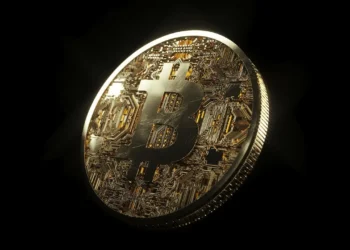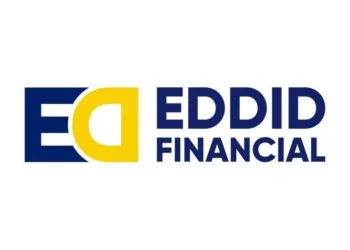Quick Breakdown
- Sui introduces suiUSDe, the first non-EVM native yield-generating stablecoin.
- Ethena-powered model enables returns and supports SUI token buybacks.
- Regulatory and market risks may challenge adoption despite strong growth potential.
Sui has rolled out suiUSDe, a synthetic stablecoin developed in collaboration with Nasdaq-listed SUI Group Holdings (SUIG) and Ethena Labs. Announced on October 1, the token positions Sui as the first non-EVM blockchain to issue a native, yield-generating stablecoin, underscoring its ambition to strengthen decentralized finance (DeFi) activity on the network.
The countdown begins for suiUSDe arriving on Sui.
Powered by Sui, @officialSUIG, @ethena_labs, Sui’s first income-generating digital dollar native to a non-EVM chain is coming to Sui ⚡️
Sui and @officialSUIG wil use its revenue to purchase more SUI on the open market. pic.twitter.com/rbrxj5DHnS
— Sui (@SuiNetwork) October 1, 2025
How suiUSDe works
The stablecoin leverages Ethena’s delta-hedging strategy, which pairs digital asset reserves with short futures positions. This structure enables suiUSDe to both maintain its peg to the U.S. dollar and generate returns.
Net proceeds from the token’s yield will be reinvested into Sui’s ecosystem. Specifically, the Sui Foundation and SUIG plan to use profits to buy back SUI tokens directly from the market, creating a feedback loop that boosts liquidity.
Later this year, Sui will also debut USDi, a non-yielding alternative stablecoin backed by BlackRock’s USD Institutional Digital Liquidity Fund, designed for users prioritizing low-risk stability.
Industry reactions
Mysten Labs Co-Founder Adeniyi Abiodun described suiUSDe as a “new pillar of Sui DeFi infrastructure,” highlighting its direct integration with ecosystem protocols such as DeepBook.
Meanwhile, SUIG Chairman Marius Barnett framed the launch as the first step toward building a “SUI Bank,” positioning the project as a public entry point to stablecoin-based financial services.
Ecosystem impact and risks
By embedding yield directly into a stablecoin, Sui is attempting to reduce dependency on dominant assets like USD Coin (USDC) while providing DeFi developers with a more sustainable liquidity base.
However, risks loom. U.S. regulators are scrutinizing synthetic stablecoins under the proposed GENIUS Act, which requires backing assets to be held in Treasuries. Additionally, SUIG is under federal investigation following a September probe into digital asset treasury firms.
Outlook
If widely adopted, suiUSDe could attract new liquidity, reinforce Sui’s position in the stablecoin market, and stimulate steady demand for SUI tokens through buybacks. On the flip side, regulatory pushback or weak adoption could hinder growth and weigh on SUI’s value.
Meanwhile, Sui Foundation announced a landmark partnership with Korean table-ordering giant t’order to launch next-generation KRW stablecoin payments across the country.
If you want to read more market analyses like this one, visit DeFi Planet and follow us on Twitter, LinkedIn, Facebook, Instagram, and CoinMarketCap Community.
“Take control of your crypto portfolio with MARKETS PRO, DeFi Planet’s suite of analytics tools.”




















